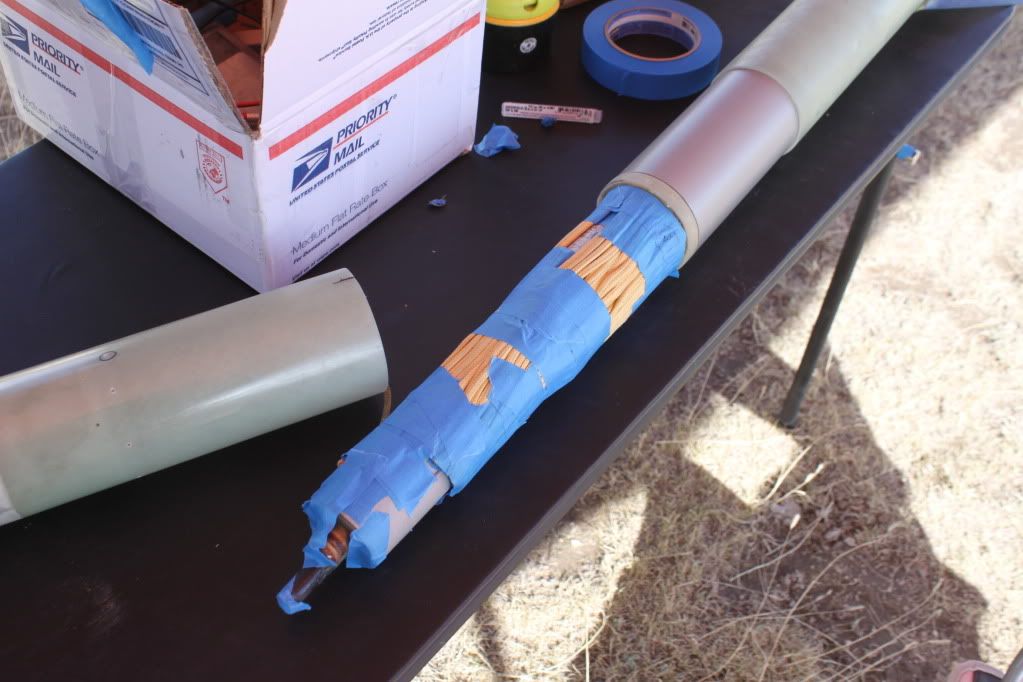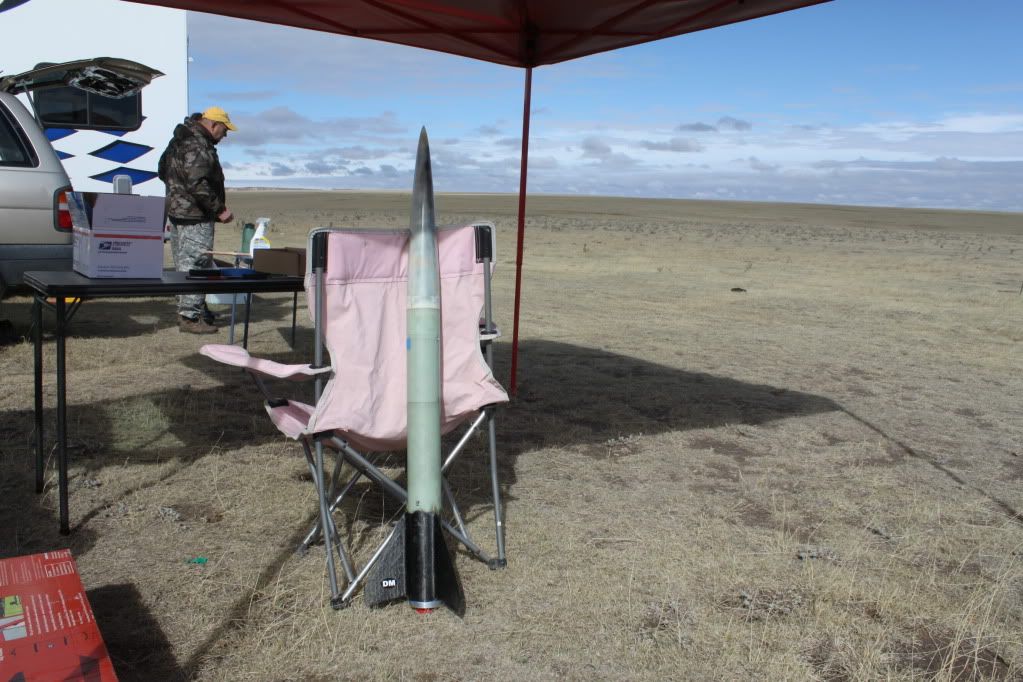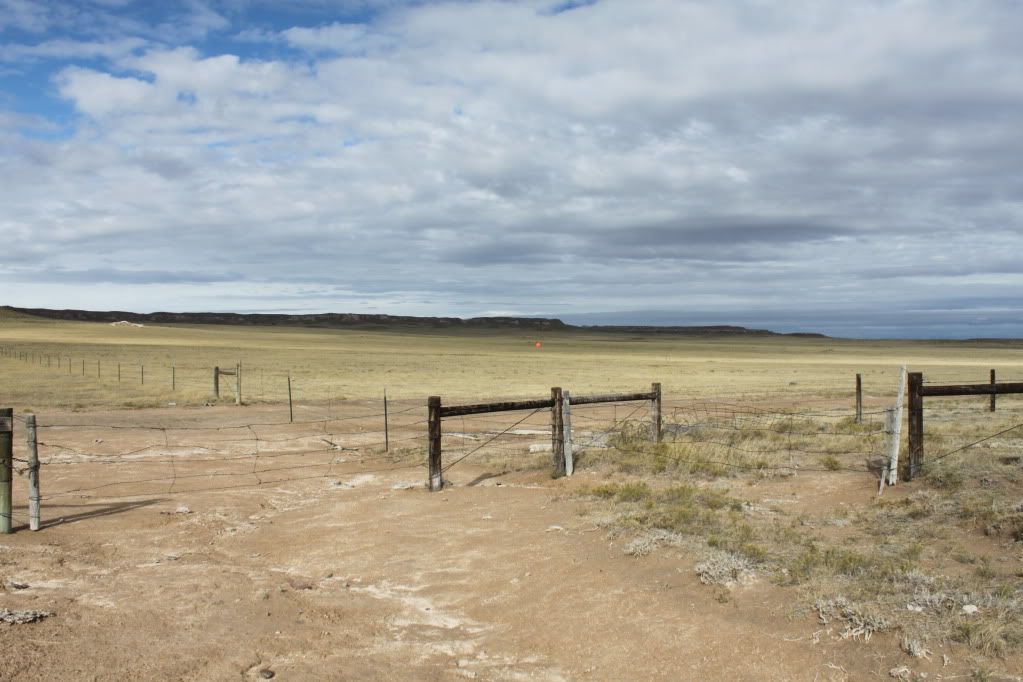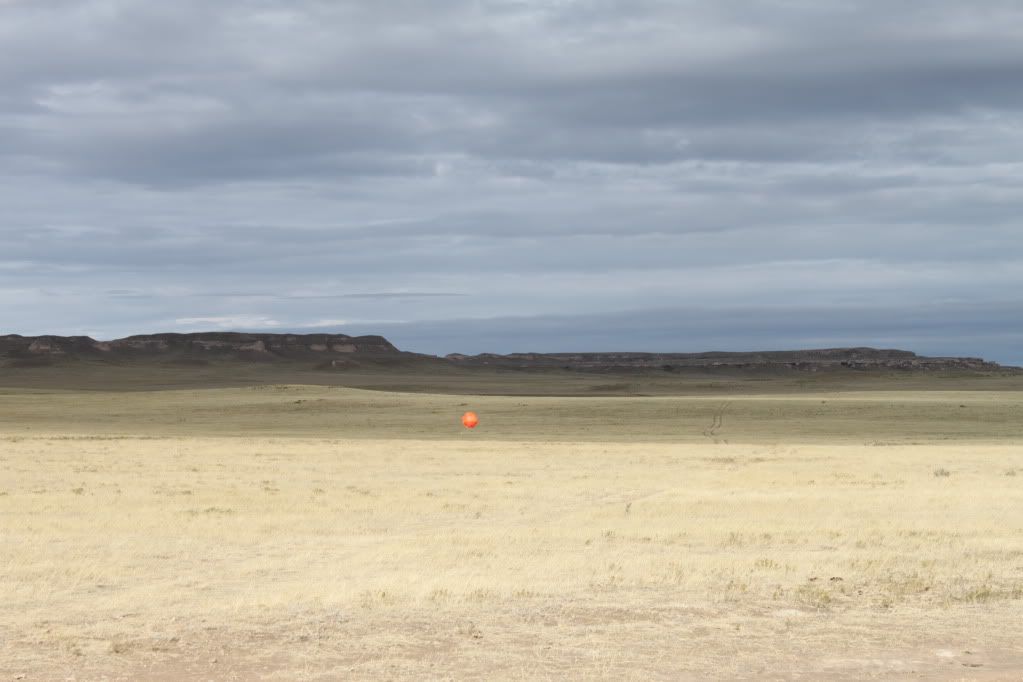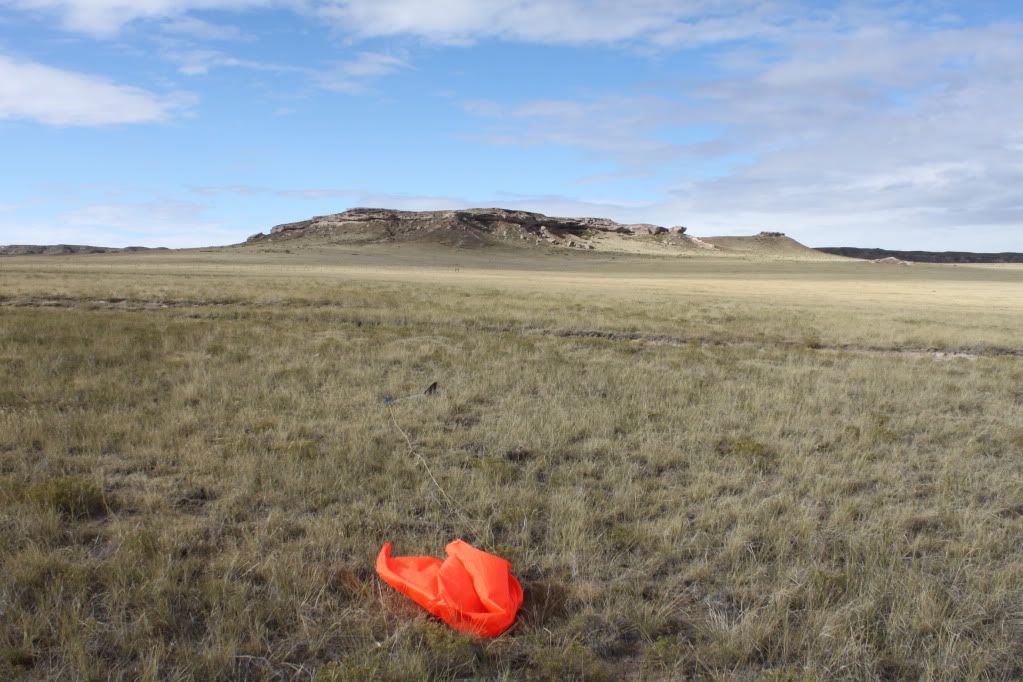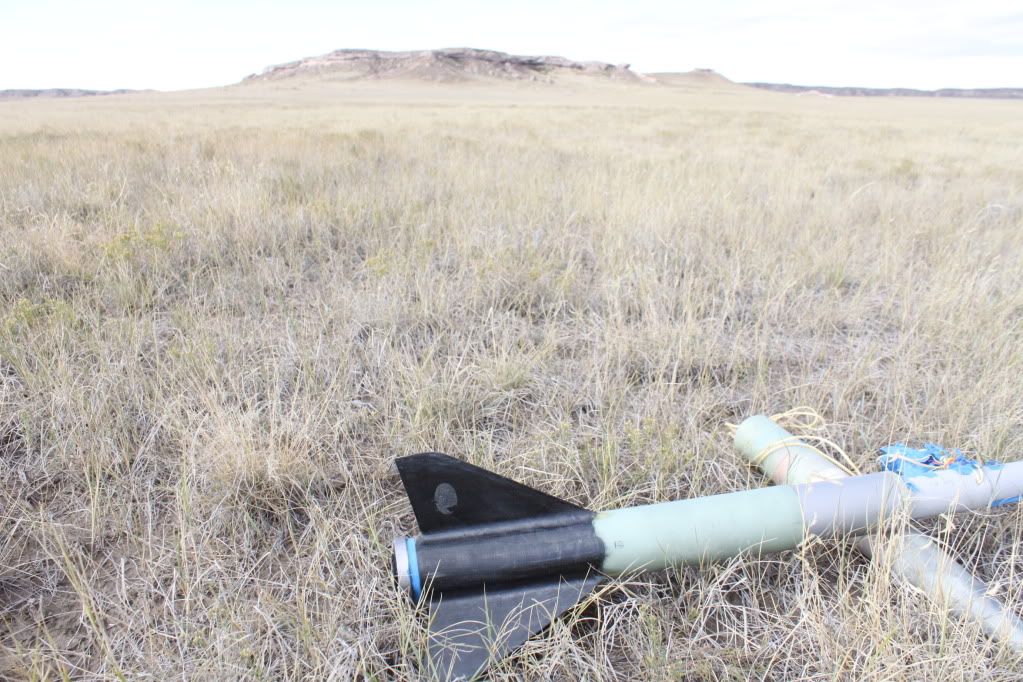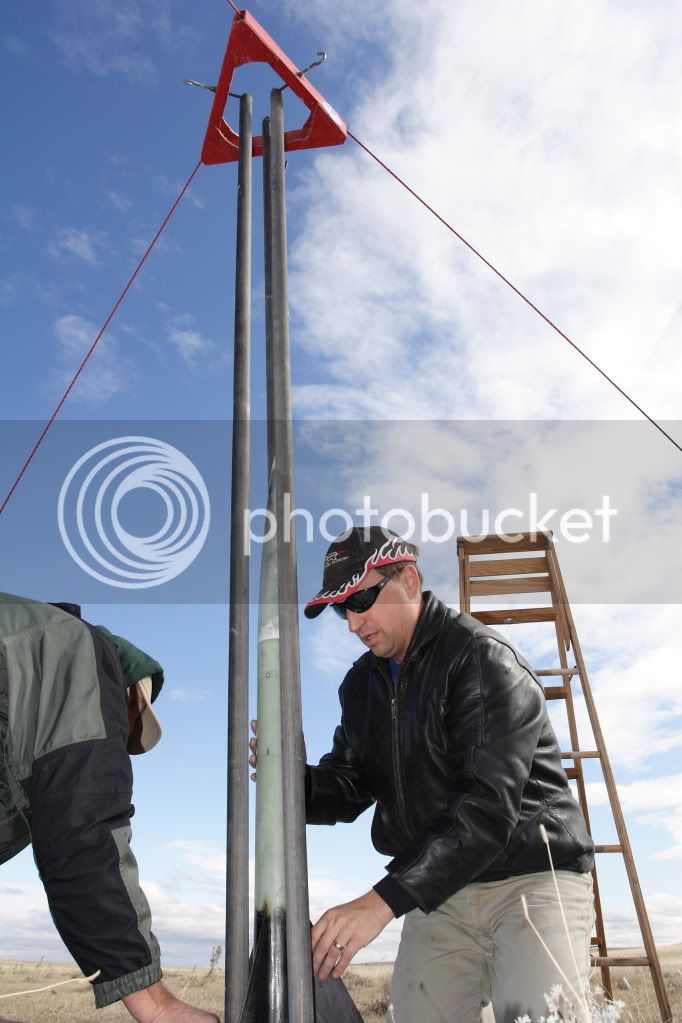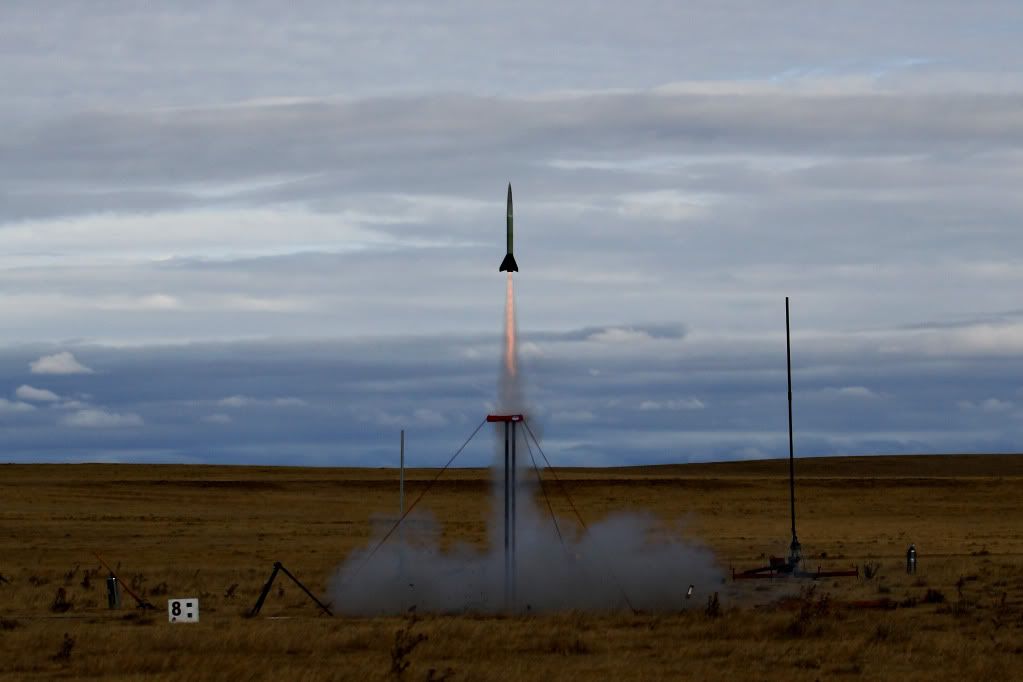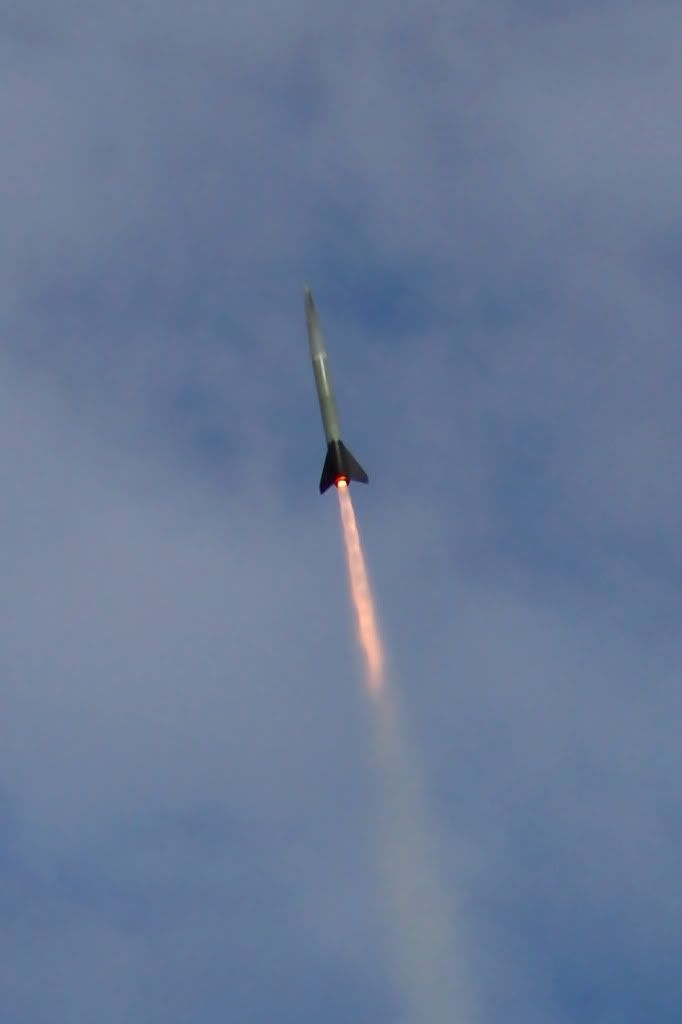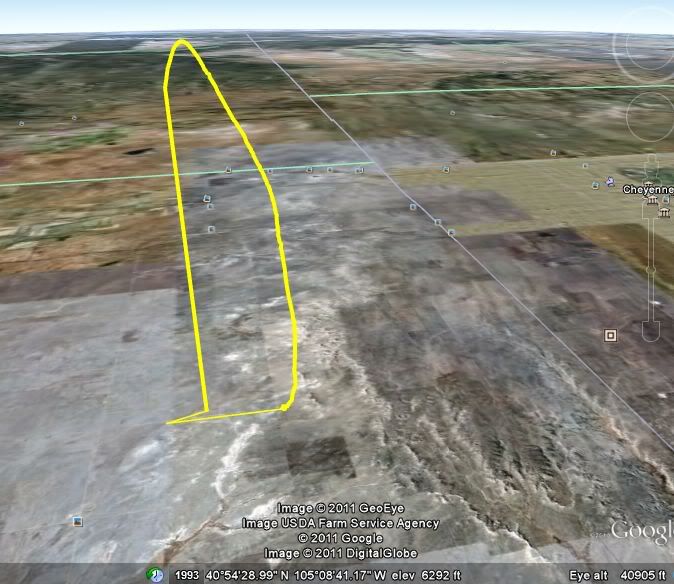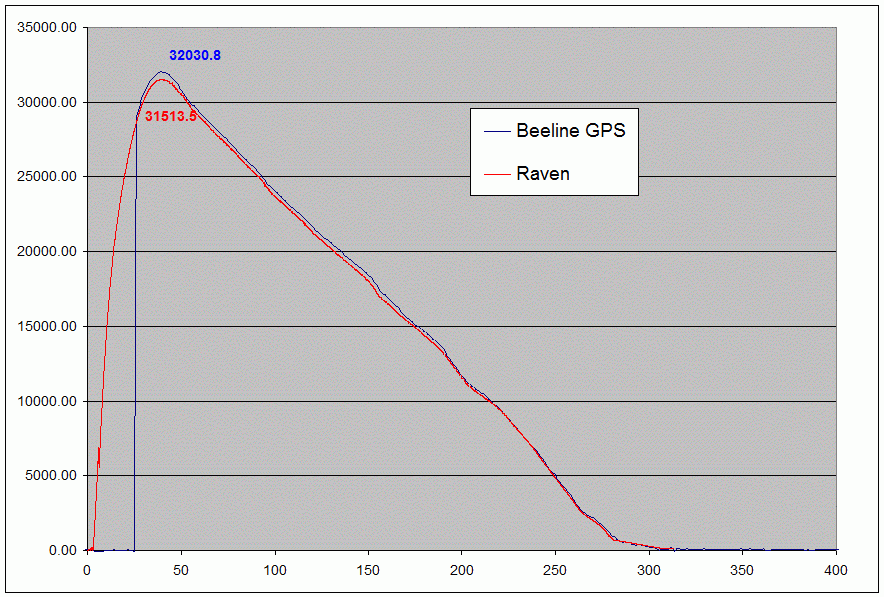[YOUTUBE]rWI29JmCtWk[/YOUTUBE]
As usual with the NCR club, I had a lot of help today. It started immediately after I arrived, when I realized that I left my big plastic bin of tools and supplies at home, 2 hours behind me. But I did have my computer and tracking equipment with me, and the rocket was pretty much complete. But who would ever have a socket wrench with an 8" extension? Mike Shinn did, along with the case and hardware he lent to me. Anyone have grease and a warm place to prep the motor? (It was drizzlinig, windy, and 35 degrees earlier this morning) Larry Haynes did with his RV, along with coffee and donuts. Help with assembling my first 3 inch motor? Steve Jensen was there.. Oh, my shear pin material (1/16" basswood) is in that bin too. No worries. Dave Bishop has some 2/56 nylon screws, and a tap and drill. And sandpaper for the final pre-launch finish. Chris LaPanse and Vic helped set up the tower. Bdale and Keith Packard de-conflicted the Telemetrum channels. Bear helped pack up. Joe Hinton does all the million things needed to put on a smooth launch and also coordinated my FAA high-altitude call-in window, provided a nice motor cleaning station (Chlorox wipes work great) and reminded me to fill out the record application paperwork. And so on. I'm probably leaving someone out, but suffice to say it was a team effort today to work around my packing screw-up and get the flight off. Overall it was just a great day today. And congrats to Dave Hanson on his level-3, and the CAP for their cool red-blue-white flight, among other notable flights.
More flight details: I wound up with a very large stability margin (6+ inches), which made me feel more confident about the fact that I had a couple of fins that were a little tweaked. But I was still pretty nervous about having a clean boost. Extra stability margin really covers well for a lot of errors, because the boost appeared to be nice and clean. I angled the tower 2 degrees away from the flight line, and a little toward the south, since there was about a 10 mph wind from the North. But since it was only about a 15 G boost, it weathercocked a bit toward the North and a little West.
I had a Telemetrum coverage the whole way, though when it was most distant there wasn't a lot of margin for error with my Yagi pointing. The new Telemetrum interface with the az and el helped there. But boy, I would sure like an option for crummy American units. We saw the max altitude on the display, and I was worried for a minute that 9745 meters might have broken the 35,000 waiver. And some sort of error in a quick calculation gave us an initial altitude of 32,000 something, which was announced before we caught the error.
Kudos to RASAero for again nailing the altitude prediction. I bet if I put in the 10 mph launch wind, rather than the 6 mph launch wind, that it will be right on.
The rocket landed on private property just N of the Pawnee National Grasslands, 2.1 miles from the pads, but I had the number of the landowner programmed in my cell phone and I got permission to retrieve the rocket as I drove out to get close to it. As soon as I got over the last rise, I could see the big orange chute ballooning up. Getting sight of an intact rocket on the ground is my favorite part of rocketry, (though kicking back with a beer and a laptop looking at data after a flight is a close second). The rocket was doing its best to get back home, and went a hundred yards or so while I was watching it.
Damage report:
Nosecone: I had some blistering, mostly near the tip, but in some spots along the side. Just some raised welts.
Airframe tube: No damage.
Fins: No damage at all. The post-cured Aeropoxy really worked well, and I didn't see any ablation or any change to the surface. It still had some wipe marks from when I put on the last coat of epoxy. The Darrell Mobley sticker did come off, as expected.
Shock cord: none
Chute: Maybe a few scorches. I haven't done a close inspection yet, though.
From this afternoon's quick look at the Raven data, it looks like the deployments were benign, the descent rate pre-chute was 150 feet/second, and 19 feet/second after main deployment. The main chute took quite a while to inflate, losing about 500 feet between initiation and full inflation. The accelerometer was significantly off, based on the accel-based apogee time. I didn't re-calibrate the accel during my pre-launch checkout, and it looks like I should have. I think it might have been 10%+ low, but even so, it was reading about 1400 mph, Mach 1.8. I think the real top speed was around Mach 2, due to the motor burn being longer than expected, at about 5.2 seconds.



